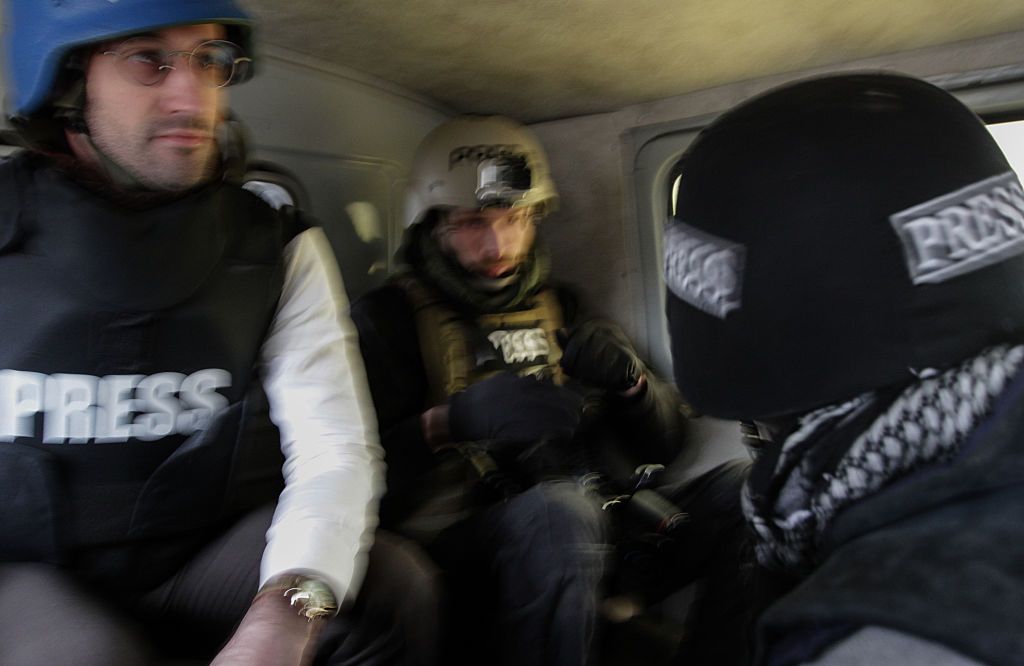The incident involving the death of freelance reporter Alexander Martemyanov in Ukraine was reported in the Russian newspaper Izvestia on January 4. Martemyanov was killed in a “kamikaze” drone attack while traveling on a highway in eastern Ukraine. He was returning from reporting on shelling in the city of Horlivka in Donetsk Oblast when their vehicle was struck. The attack also injured a journalist from RIA and four other media workers. Izvestia, originally a Soviet state newspaper now owned by the National Media Group with ties to the Kremlin, reported that at least 15 journalists have been killed while covering the war in Ukraine. Another incident mentioned in the report was the killing of Ryan Evans, a British security adviser for Reuters, in Kramatorsk, which also injured two Reuters journalists.
The information reported in Izvestia about the drone attack on Martemyanov cannot be immediately verified by The Kyiv Independent. The use of kamikaze drones in conflict zones has become a growing concern due to the significant threat they pose to civilians and journalists. The attack on Martemyanov highlights the risks faced by reporters covering conflict areas, as well as the broader implications of such attacks on freedom of the press. The involvement of international journalists, like Ryan Evans, further emphasizes the dangers faced by media personnel working in conflict zones, where they are often targeted by various parties involved in the hostilities.
The report of Martemyanov’s death raises questions about the safety and protection of journalists working in conflict zones, particularly in the ongoing conflict in eastern Ukraine. The Committee to Protect Journalists has documented numerous cases of journalists being targeted or killed while reporting from conflict areas. The targeting of media personnel not only hampers the flow of information from these regions but also undermines the role of journalists in providing accurate and unbiased coverage of events. The international community has a responsibility to ensure the safety of journalists and uphold press freedom in conflict zones.
The incident involving Martemyanov’s death underscores the complex dynamics at play in the conflict in eastern Ukraine, where journalists face multiple risks from various actors involved in the hostilities. The use of drones for targeted attacks on civilians and journalists further complicates the situation and raises concerns about the escalation of violence in the region. The lack of accountability for such attacks and the impunity with which they are carried out pose a serious threat to press freedom and the safety of media workers. It is crucial for the international community to address these challenges and work towards ensuring the protection of journalists in conflict zones.
The killing of journalists like Alexander Martemyanov and Ryan Evans highlights the need for greater awareness and action to protect media personnel in conflict zones. Journalists play a crucial role in documenting events and providing information to the public, and their safety should be a top priority for governments and international organizations. Efforts to hold perpetrators of attacks on journalists accountable and prevent such incidents from occurring in the future are essential to upholding press freedom and ensuring the safety of media workers worldwide. The tragic events reported in Ukraine serve as a reminder of the risks faced by journalists in conflict zones and the importance of supporting their work in challenging and often dangerous environments.


